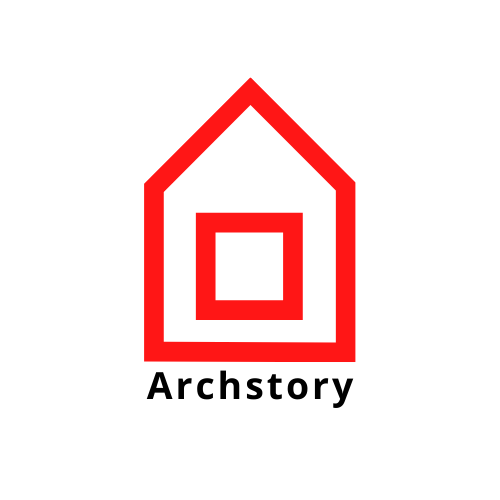
MONO Architeckten-Leubinger Fürsten Hügel Service Station
이 주유소가 위치한 사이트 주변에는 튀링겐에서 가장 중요한 고고학적 기념물이 있다. 그래서 이 건물은 건축, 풍경 및 역사를 연결한다. 건물과 조경 모두 차분하고 절제된 미학에 기여하므로 여행자는 평화로운 휴식의 분위기를 경험할 수 있다. 방문객들은 오래 머물면서 주변 지역의 전망을 즐기거나 지역의 역사에 대해 더 많이 배울 수 있다.
건물 자체는 풍경과 부드럽게 조화를 이루는 완만하고 길쭉한 두 개 의 날개로 구성된 되었다. 프로그램이 있는 한쪽은 전시 공간뿐만 아니라 서비스 영역의 모든 기능적 구성 요소를 수영하는 반면 도로와 직각을 이루는 두 분째 날개는 연료 보급 시설 위로 뻗어 있다.
Leubinger Fürstenhügel is one of Thuringia’s most important archaeological monuments. Located next to a central highway, the burial mound dates back to the Early Bronze Age and is considered to be the largest and most well-preserved of its kind. In proximity to the archaeological find, an unusual project, the Leubinger Fürstenhügel service station, links architecture, landscape, and history. Part of the holistic concept was not only the careful emplacement of the structure within the historically significant surroundings but also the integration of an exhibition and an educational path.
Both the building and landscape contribute to a calm and restrained aesthetic, so travelers can experience an atmosphere of peace and rest. The architecture also discreetly remains in the background, so that the Fürstenhügel can take center stage as the site’s protagonist. Visitors are encouraged to linger, enjoy the views of the surrounding area or learn more about the history of the region. The educational trail connects architecture and landscape as it leads the way from the building to the burial mound.
Staged as a timeline, the path takes the visitor back in time through historical events, archaeological finds, and the construction of the tomb, concluding with the burial mound itself, surrounded by a circular path structure. The building itself was designed as an elongated angle consisting of two wings that smoothly blend into the gently undulating landscape. Another archaeological find in a nearby community – a longhouse also dating from the Bronze Age – served as a key source of inspiration.
The closed volume accommodates all functional components of the service area as well as the exhibition space, while the second wing, oriented orthogonally to the roadway, stretches over the refueling facility. The entrance to the site is thus marked by a large, column-free roof that frames the first view of the burial mound.
The guest area offers a direct visual reference to the mound via a generous glass façade at the front of the structure. The connecting element of the two parts is the roof, which is folded several times and rises slowly to the ridge line of the longhouse. A plain aluminum skin was used for the exterior, emphasizing the structure’s overall calm impression. Its irregular angles also create a delicate vertical structure with a discreet play of shadows.
On the north side, the glass façade is shifted to the rear, creating a covered arcade that guides travelers to the two main entrances. From here, visitors enter the exhibition space, which serves as both a foyer and a distribution room. The guest area is divided into different zones by a centrally placed gallery, under which an open kitchen is located. The walls and ceilings, which are covered with solid wood, create a warm and friendly atmosphere. The light-colored stone flooring connects all facilities and creates a design reference to the forecourt, the covered arcade as well as the nature trail, which were executed in in-situ concrete.
Photography by Gregor Schmidt, Thomas Müller










from archdaily
'Commerce' 카테고리의 다른 글
| -티파니앤코 뉴욕 5번가 본점 [ OMA ] Tiffany Landmark (0) | 2023.05.23 |
|---|---|
| -경사로가 있는 카페 [ PLS Architects + Atelier MODS ] In A Little Time Cafe (0) | 2023.04.01 |
| -논스페이스 카페 [ ON Architecture INC. ] NONSPACE Cafe (0) | 2022.12.03 |
| -하트 베이커리 [ Spacon & X ] Hart Bakery (0) | 2022.11.28 |
| -큰 지붕 안의 시장 [ BIAD ] Courtyard Market under the Big Roof (0) | 2022.11.21 |
